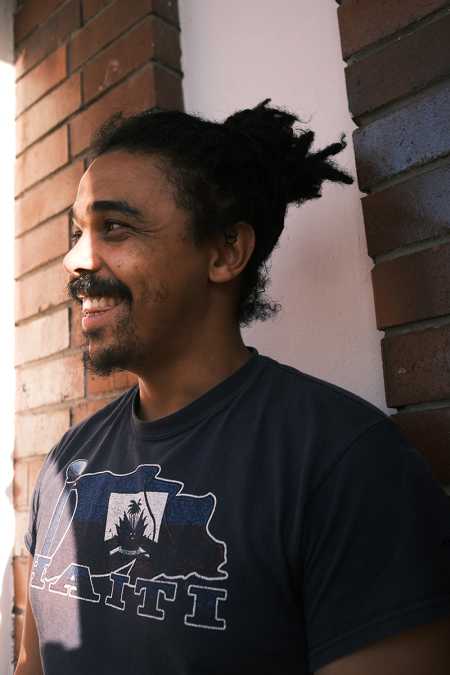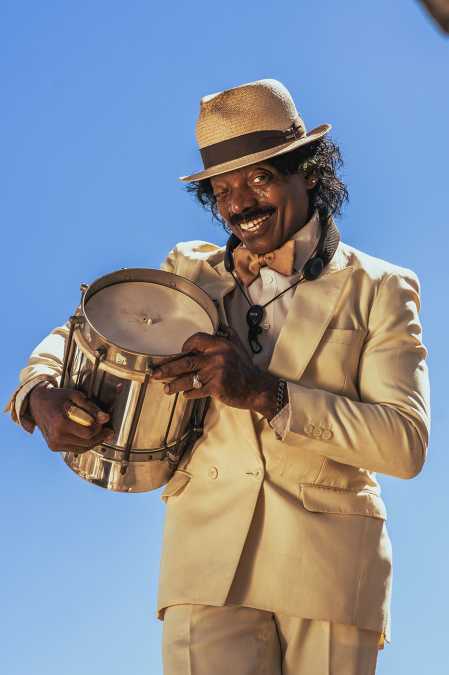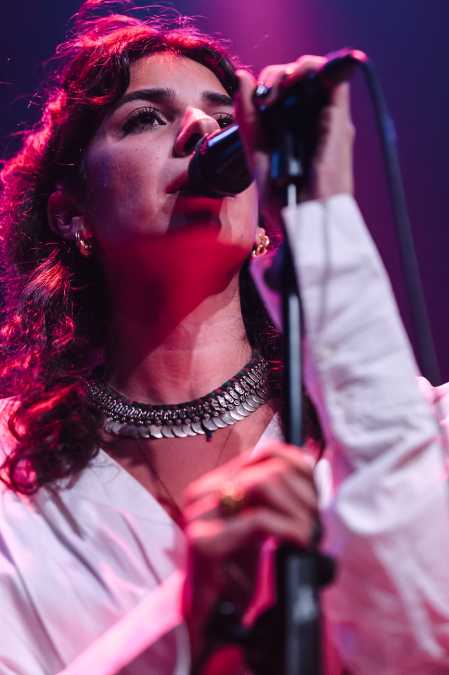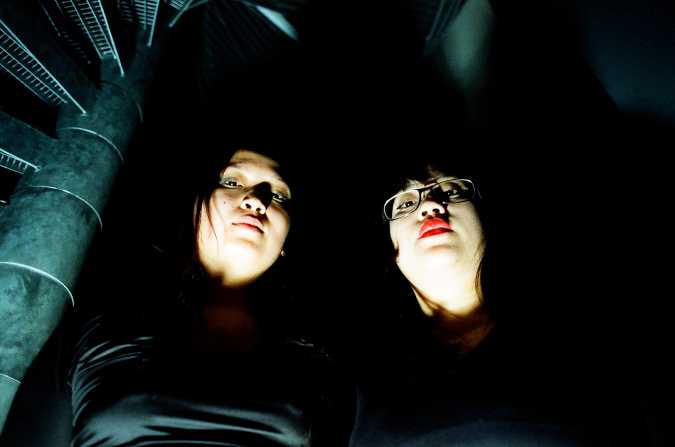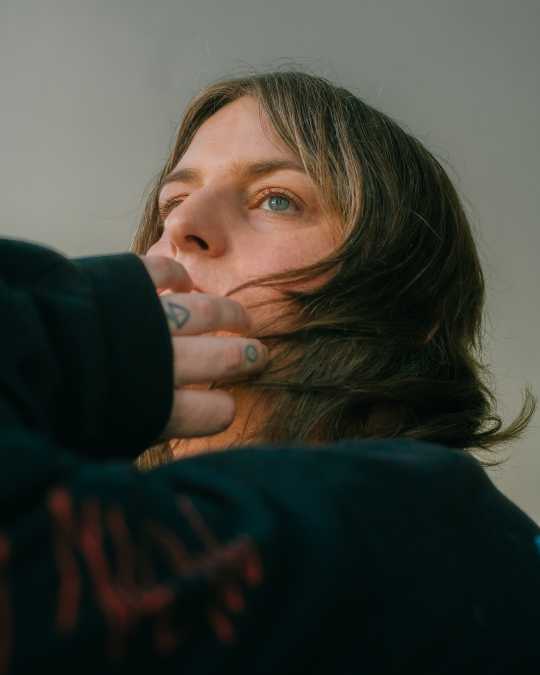COSMOS: Behind the Scenes in Khartoum, Sudan
We discuss LGW Embassy: Khartoum, Sudan with Hassan Kamil: a talk about portraying another image of the continent, the country, and the city; how music in Khartoum grew to be ‘a form of resistance’; and how it is home to a rich array of meaningful, beautiful, and unique sounds; different from any other kind of music.
Words by Beatriz Negreiros
Photography by Hassan Kamil
On paper, Hassan Kamil is a photographer and videographer from Khartoum, Sudan. But he likes to think of himself more so as a storyteller, compelled to tell stories that are different from those we usually hear about Sudan and Africa. Through his work, no matter the medium, he holds up a mirror to modern-day Sudan; reflected back are projects such as LGW Embassy: Khartoum, Sudan, which Hassan made together with Andariyamag, the digital cultural platform for which he works.
Here, we watch a side of Khartoum we seldomly see represented in the Global North; a spirited, modern city, whose quotidian is marked by art, culture, music, and hope for a better future. Oftentimes, these are uniquely connected, as Hassan explains in our COSMOS-focused conversation.
Hassan’s relationship with his subject, Khartoum, is complex. After all, it is his city and the beating heart of all he does behind the lens. Hassan fervently clicks and captures all that lies beneath Sudan’s capital and largest metropolis. Naturally, it takes up significant space in his mind, but Hassan’s feelings about it remain complicated. ‘My relationship with Khartoum is a bit conflicted’, he says. He exercises his turbulent connection with his city via his photography and videography. This time, music was the medium. In his collaboration for Le Guess Who?, Hassan captures a few distinct uniquely Sudanese voices; rapper Esaam Satti, singer Ali Naseralden, and reggae artist Wd Alzain. He also highlights Noori & His Dorpa Band, whose expression relies on their one-of-a-kind Tambo-guitar, hand-crafted by Noori himself.
We start with Esaam Satti’s silky-smooth rhymes, weaved together through linguistic improvements, alliteration, satire, and emotion, and shaped by the principles of Sufism (a school of Islamic practice focused on the search for God and the shunning of materialism). But there is more than meets the eye in Esaam Satti’s music; his lyrics are chock-full of the same sense of frustration with Sudan as Hassan’s. ‘The dream is way far, man / it’s reached with a plane’ he begins. ‘It’s a cursed country / exile in her streets and prison in her houses’, he continues. But, in the song’s chorus, there is a flicker of hope, as collaborator and singer Ali Naseralden ardently pleads, ‘oh, father Alsheikl, bring the happiness’. Next, we meet reggae musician Wd Alzain, who begins by performing a warm reggae ballad, perfectly blended with the desert’s glowing tones which beam behind him and the band. ‘I Met Her Today’ is its name. The second piece they perform, ‘Write To Me’, is far more melancholic. In it, Wd Alzaim sings about his afraid heart, struck by the absence of letters from those who left. ‘How does it feel to be in a foreign land?’, he asks. ‘Everyone misses their homeland’, he goes on to sing. And, after, we meet some of Sudanese music’s utmost legends - Noori & His Dorpa Band.
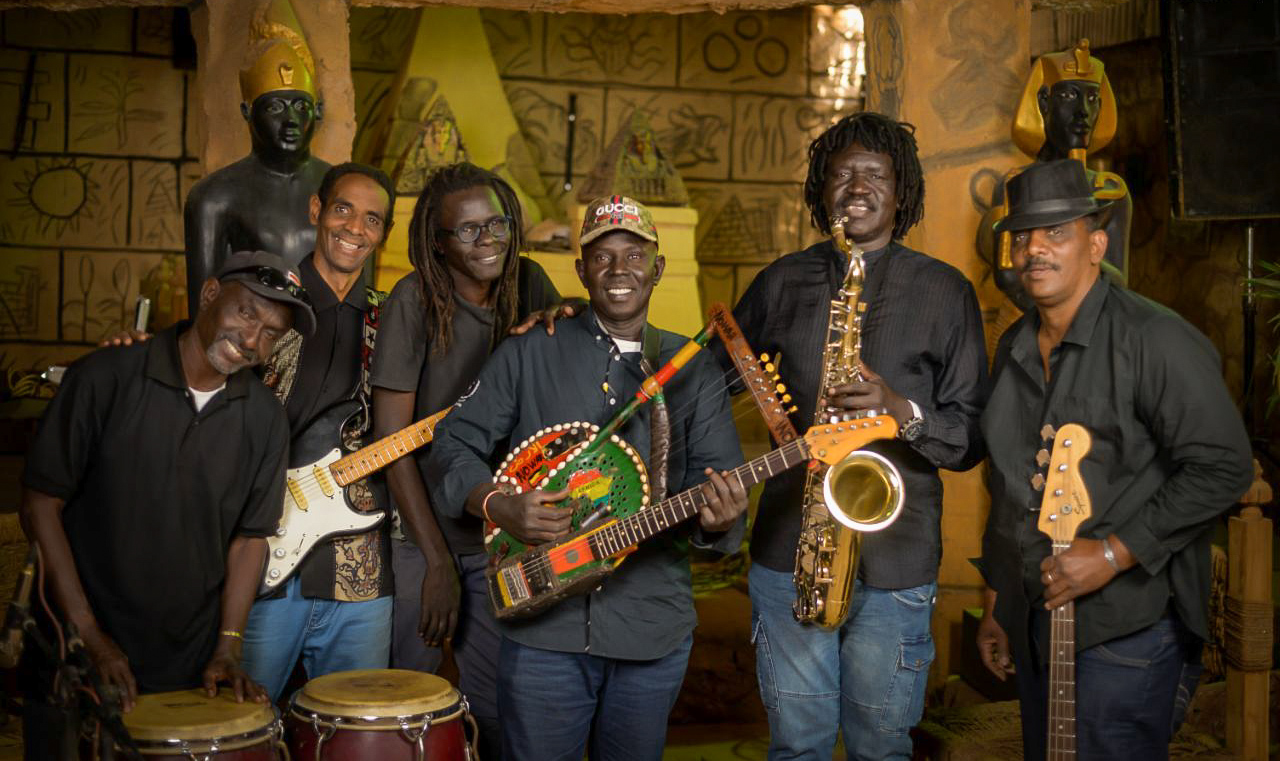
Noori & His Dorpa Band, who also performed at Le Guess Who? 2022 in Utrecht, deserve many paragraphs of their own. After all, it was not for no reason that they were the act Hassan was the giddiest about getting on film. Their story began when eighteen-year-old Noori, tripping over a guitar neck in a junkyard, decided to forge the newfound instrument with his own vintage tambour (a stringed lyre also known as the krar). Then and there, he created Noori's Tambo-guitar, the instrument with which he plays to this day, and in this COSMOS film as well. Their music is bright and sunny, not unlike the Eastern Desert his people, the Beja people, hail from. Their recent history, however, is much bleaker. Noori is determined to keep the Beja people’s music alive, something which has become increasingly difficult in Sudan. This is because the former Head of State, Omar al-Bashir, made deliberate efforts to erase the Beja people’s culture, as well as other cultures, in Sudan. As the Beja people’s plight and music remain much unheard across Sudan, Hassan’s decision to highlight Noori & His Dorpa Band’s work for COSMOS is expressly political. But so is, according to him, a lot of Khartoum’s current music.
According to Hassan, throughout thirty years of dictatorship (which ended in 2019, when al-Bashir was overthrown by the Sudanese army after popular protests demanding his departure), music in Khartoum grew to be ‘a form of resistance’.
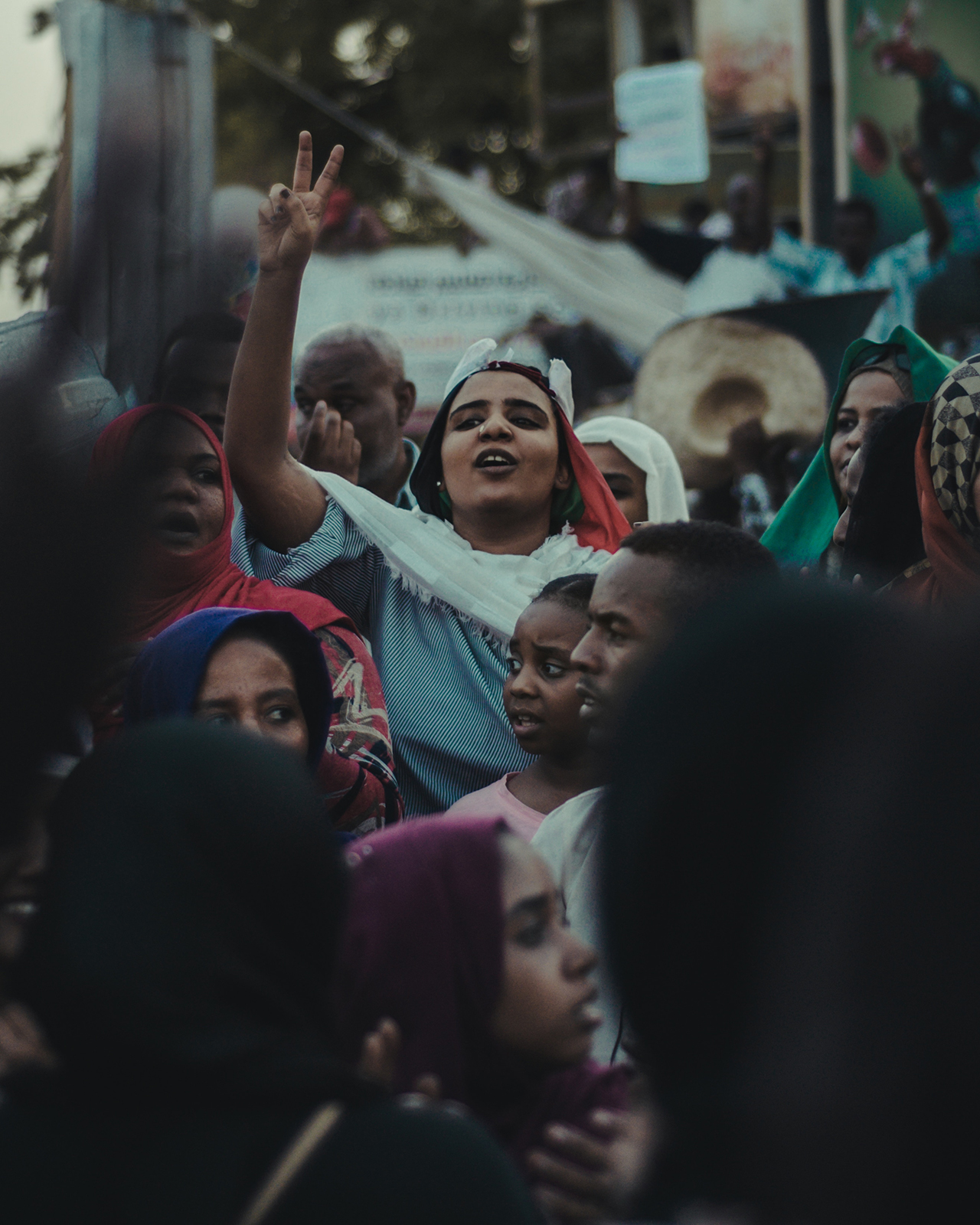
At the end of the day, Hassan says, their usage is the same; to soundtrack the young Sudanese dream. To this day, music serves as a weapon of revolution, as the country’s struggle did not end in 2019. ‘There is the danger of the old regime coming back’, alerts Hassan. The transitional process towards democracy began to unravel, in fact, soon after the dictatorship’s end, culminating in a coup d'état two years ago. But the Sudanese people continue believing in a better future and protesting every chance they get. ‘We are trying to create a movement of art and creativity’, says Hassan. For him, everything is ‘cloudy’; but, he assures us, the people are on the streets, fighting, resisting, and making music.
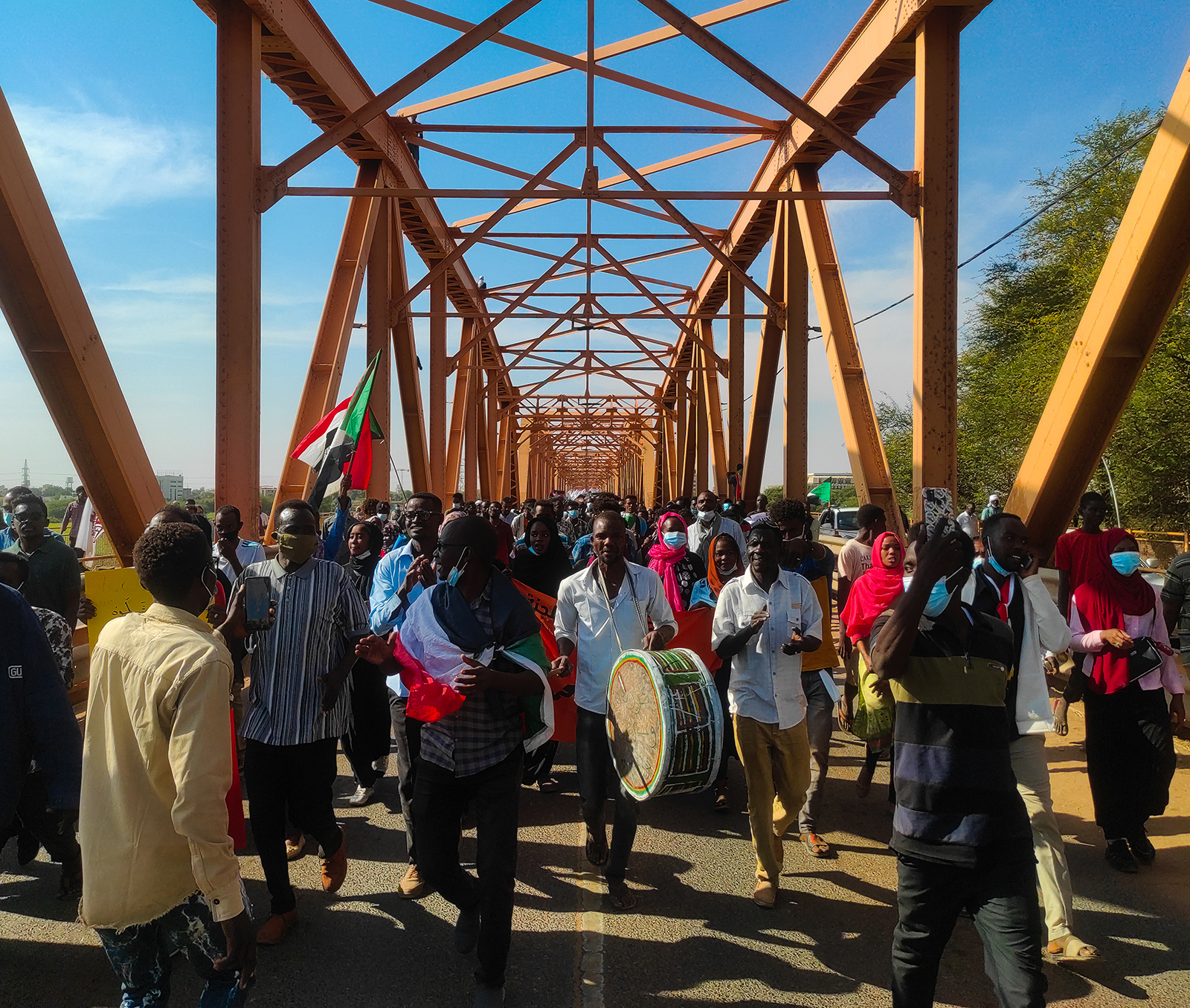
Khartoum, which he calls a ‘mini-Sudan’ - a bustling African capital - is where to find it. Just like the Blue Nile and the White Nile, here traditional and modern sounds also meet, as well as many more music styles. Reggae music in particular perfectly soundtracks the present moment in Sudan. Wd Alzain chooses to play reggae because of how much the genre centers the human experience - ‘religion, rights, politics, everything’. For Sudanese people, he says in the film, these need to be top of mind; and this is why there is such an appetite for reggae music in Sudan, he observes.
As much as Hassan’s work captures Sudan’s struggle, there is a joy to be shown too. In fact, anything apart from the images of Africa we are often subject to - ‘photos and videos of hunger and famine, or wildlife, or something exotic’.
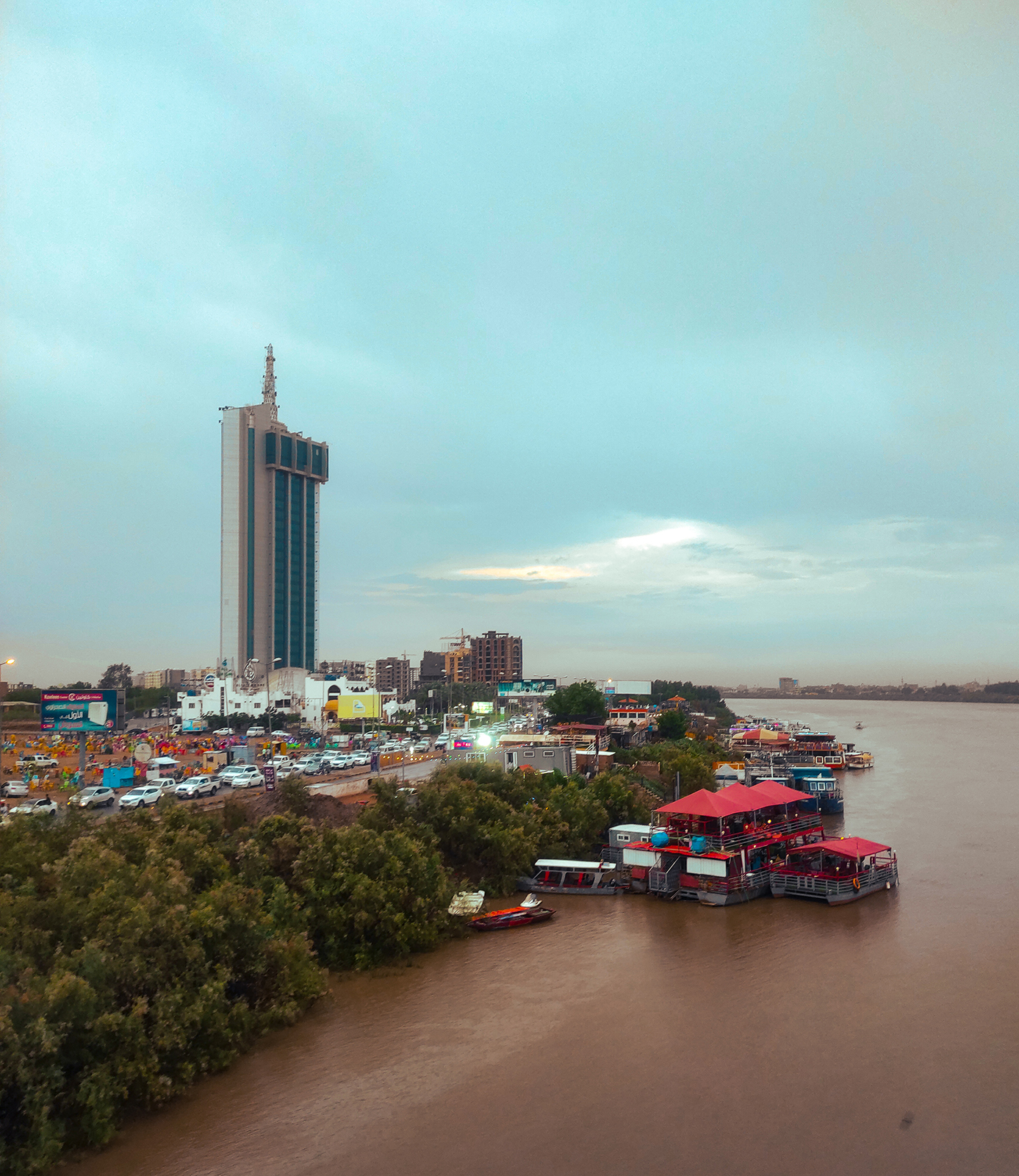
This is the direction he continues heading on, as he is currently working on a new Khartoum-focused artistic residency, Decaying Bank, along with six other visual artists, anthropologists, and researchers from the Muse multi-studios.
For now, perhaps most rewarding to him has been the reaction of the Sudanese diaspora (the same which Wd Alzain sings about) to his Khartoum-centered COSMOS collaboration. ‘Everything that comes from Africa will end up affecting the diaspora’, says Hassan. He admits he didn’t consciously think of this while making the film, but, upon its release, as reactions began pouring in from Sudanese people living in the Netherlands and elsewhere, he felt he had done something special for them. ‘Like I had done my part’, he clarifies. As for Sudanese musicians, Wd Alzain shares his advice in the film; for them to be ‘proud of what they have, evolve it, and show it to the world’. And so they have.

In light of the situation in Sudan, we aim to raise awareness to the victims of this conflict. If you are able to, then please consider making a donation to offer help to the people of Sudan.
This article is part of the COSMOS series ‘Behind the Scenes’, in which people from across the world discuss their local cultural scenes and their creative processes while creating films for the latest COSMOS installment. You can find more info about the series here.
Are you interested in collaborating with COSMOS to share your local cultural scene? Please let us know via cosmos@leguesswho.com.
